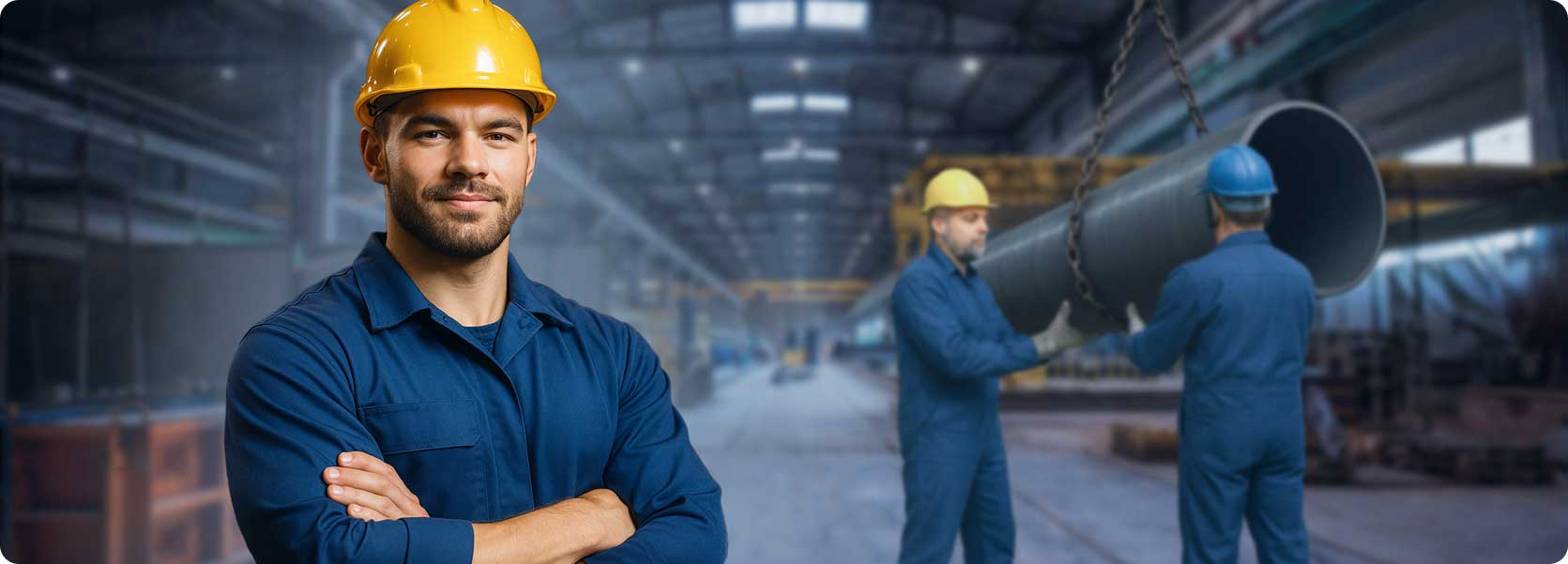
30.April.2025
Safety Regulations for Clamps: What Every Contractor Should Know
When you work with heavy materials on construction sites, the right clamps can mean the difference between a smooth operation and a serious accident. Understanding safety regulations for clamps helps you protect your workers, comply with local requirements, and maintain an efficient workflow. This guide covers the essential information contractors need about safety clamps and their proper use.
At a Glance
Safety Regulations for Clamps
1. Load Capacity Requirements
The most important regulation for clamp usage is matching the clamp's load capacity to your material weight. Using an underrated clamp can lead to equipment failure and dropped loads.
Important standards to follow:
● ASME B30.20 covers safe operation standards for lifting clamps
● UAE Civil Defense regulations specify minimum safety factors for lifting equipment
● ISO 12100 provides guidelines for risk assessment of clamping equipment
What this means for you: Always check the load rating marked on each clamp before use. If your material weight is near the maximum limit, select a higher-rated clamp to maintain a proper safety margin.
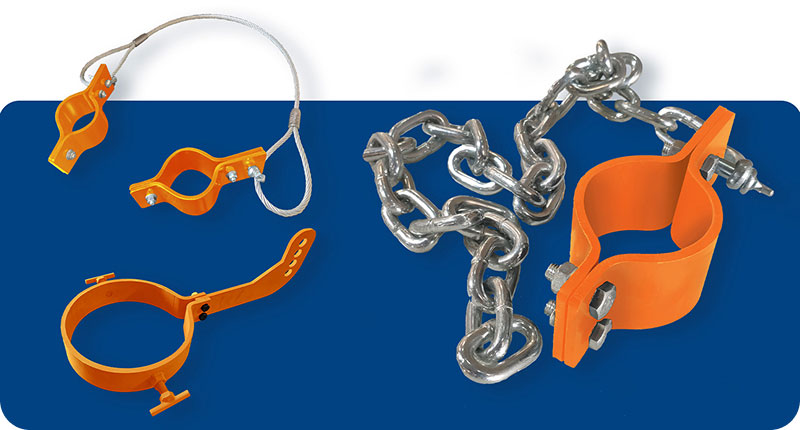
2. Selecting the Right Clamp for Each Task
Using inappropriate clamps for specific tasks creates unsafe working conditions. Different projects require different clamp types:
Common safety clamps and their applications:
● Lifting clamps: For moving steel plates and structural beams
● Welding clamps: For holding metal parts during welding operations
● Pipe clamps: For securing cylindrical objects during installation
● Locking clamps: For providing additional stability during precision work
What this means for you: Choose clamps based on material type, shape, and weight. A quality safety clamps manufacturer will provide detailed specifications to help you select the appropriate equipment for your specific project needs. 3. Inspection and Maintenance Requirements Construction clamps endure harsh conditions and frequent use, making regular inspection essential. Most UAE regulations require documented clamp inspections.
3. Inspection and Maintenance Requirements
Construction clamps endure harsh conditions and frequent use, making regular inspection essential. Most UAE regulations require documented clamp inspections.
Required inspection points:
● Look for visible damage including cracks, bending, or corrosion
● Test locking mechanisms to ensure proper function
● Check gripping surfaces for wear that could reduce effectiveness
● Verify that load capacity markings remain visible and legible
What this means for you: Implement monthly inspections for frequently used clamps and document your findings. Schedule professional assessments annually to verify regulatory compliance.
4. Proper Positioning and Attachment
Correct clamp positioning prevents load imbalance and material shifting during lifts.
Key positioning guidelines:
● ASME BTH-1 provides standards for load distribution and clamp placement
● UAE Municipality regulations specify minimum attachment points for various materials
What this means for you:
● Position clamps at or near the center of gravity
● Ensure clamps are tightened according to manufacturer specifications
● Avoid side-loading clamps, as most are designed for vertical or horizontal forces only

5. Worker Protection Requirements
Workers using safety clamps must have proper protective equipment to prevent injuries.
Required safety gear:
● Heavy-duty gloves to protect hands from pinch points
● Safety boots with toe protection against falling materials
● Eye protection when working with metal components
● Hearing protection in noisy environments
What this means for you: Ensure your team has access to appropriate protective gear and enforce its use when working with clamps. Regular safety training helps reinforce proper practices.
6. Safe Lifting Procedures
UAE workplace safety regulations require specific procedures when lifting with clamps.
Required lifting practices:
● Use multiple clamps for large or unstable loads
● Lift gradually to prevent sudden weight shifts
● Avoid swinging loads to maintain control
● Test clamp grip before full lifting operations
What this means for you: Develop standard operating procedures for lifting operations that incorporate these requirements. Train crane operators and ground crews on proper clamp usage.
7. Storage and Handling Guidelines
Proper storage prevents clamp deterioration and ensures they remain safe for use.
Recommended storage practices:
● Store clamps in dry, clean areas to prevent corrosion
● Keep clamps in dedicated storage areas to prevent damage
● Hang clamps when possible to avoid ground contact
● Label storage areas by clamp type and capacity
What this means for you: Create designated storage areas for safety clamps on your job sites and implement a check-in/check-out system to track usage and condition.
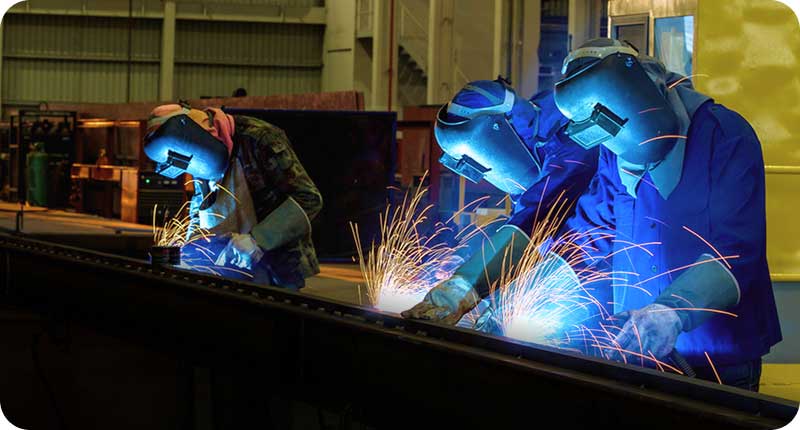
Choosing a Reliable Safety Clamps Manufacturer
The quality of your safety clamps directly affects workplace safety. When selecting a safety clamps manufacturer, consider these factors:
What to look for:
● Compliance with UAE and international safety certifications
● High-quality materials such as forged steel for durability
● Precision engineering for reliable locking mechanisms
● Technical support and warranty coverage
What this means for you: Partner with manufacturers that understand construction requirements in the UAE and provide documentation proving their products meet all relevant safety standards.
Taking the Next Step with Safety Clamps
Safety clamps play a critical role in construction and fabrication work. By following these regulations and working with reputable manufacturers, you can significantly reduce workplace risks while improving operational efficiency. For more information about safety clamps that meet UAE regulations for your specific construction needs, contact Brightsun Industries. We have been providing quality metal machining and fabrication services throughout the United Arab Emirates since 2006. We understand the challenges contractors face and can help you select the right safety solutions. Here is a link to our Contact form. Get in touch today!!

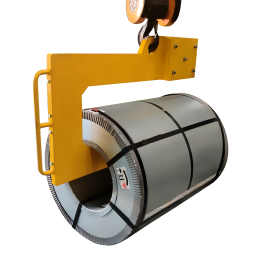
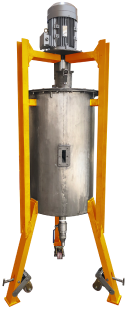



 Safety Regulations for Clamps
Safety Regulations for Clamps 

